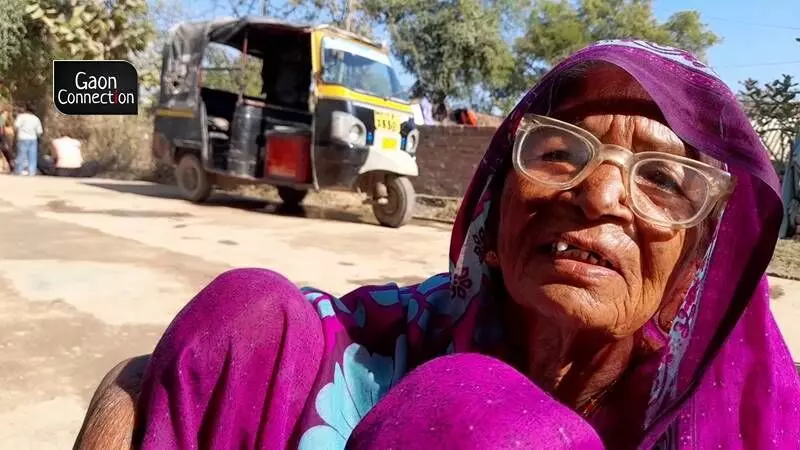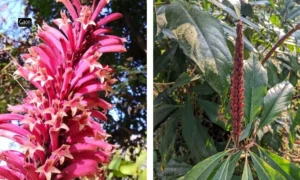Satna, Madhya Pradesh
Sakat Chauth or Sakat as it is popularly known is a festival which involves fasting by women as a sacrifice for the well being of their sons and brothers.
This festival is being celebrated today, on January 10. The delicacies in the festival mostly involve extensive use of sesame or til — a oilseed which is mixed with jaggery to make sweets of myriad shapes and sizes with laddoo being the most common of them all.
However, Madhya Pradesh’s Baghelhand region which borders with the southern parts of Uttar Pradesh, has a unique tradition of using water chestnut to celebrate the Sakat Chauth festival. The singhara atta [flour made from dried water chestnut] is used to make a delicacy called kaachi which are essentially rectangular pieces of singhara atta mixed with warm fluid jaggery.

Sukhvariya Chaudhary, a 100-year-old resident told Gaon Connection that the custom began after a sister who didn’t have a brother shared her longing for a brother with a man.
“Weeks ahead of Sakat Chauth, we bring water chestnuts from the market and dry them under the sun. Then, the water chestnuts are ground to make a fine flour which is then mixed with liquefied jaggery. The mixture is then kept to dry and solidify at room temperature in a thaali [plate]. Then small pieces are cut in the shape of cubes and are served for the people to relish,” Vimla Chaudhary, a 37-year-old resident of Satna district told Gaon Connection.
“But the times have changed and singhara atta is easily available in the market. But we prefer to do it the old, traditional way,” she said with a proud smile.
Preeti Saket, a 35-year-old resident of Pondhian Kalan village in Satna district has been observing the fast for more than a decade. She told Gaon Connection that akin to Karva Chauth, the moon is vital in the Sakat Chauth as well.
“The worship begins after the sighting of the moon. Apart from Kaachi, til ke laddoo and roasted shakarkandi [sweet potato] are also widely used in the puja [worship],” she said.
When Phoolmati Naamdev, a 52-year-old resident of Satna district was asked the reason behind the fast, she promptly replied that it was for the salaamati [well being] of the santaan [progeny].
“I don’t know about the origin of this fast but everyone has been doing it for years so I adhere to the practice,” she said.
Sukhvariya Chaudhary, a 100-year-old resident quickly interjected and told Gaon Connection that the custom began after a sister who didn’t have a brother shared her longing for a brother with a man.
“The man asked her to tie the raksha sutra [protection thread] on his wrist and that’s how this festival began to be celebrated,” she said.
















